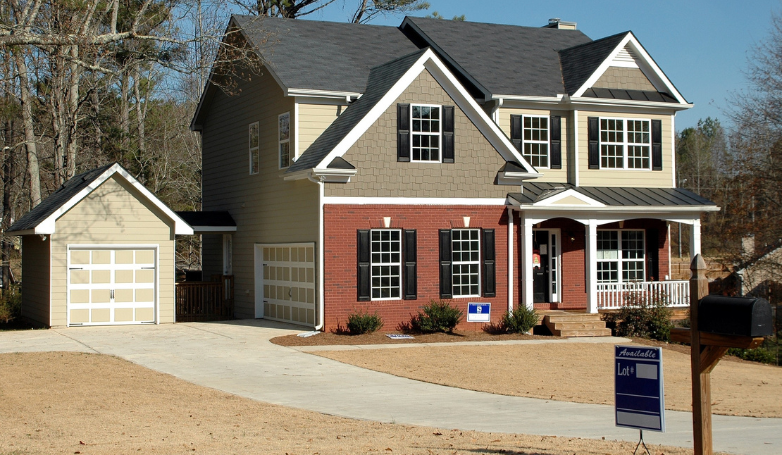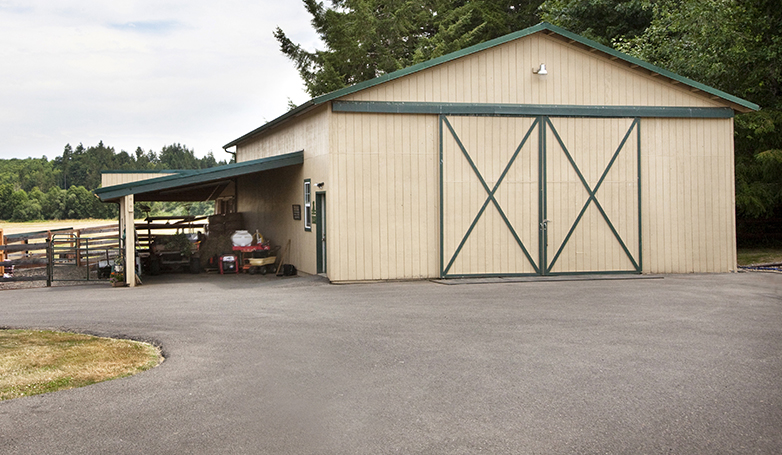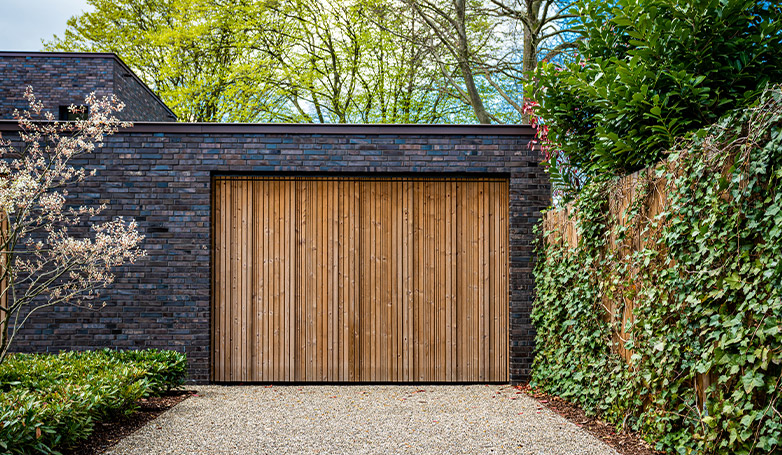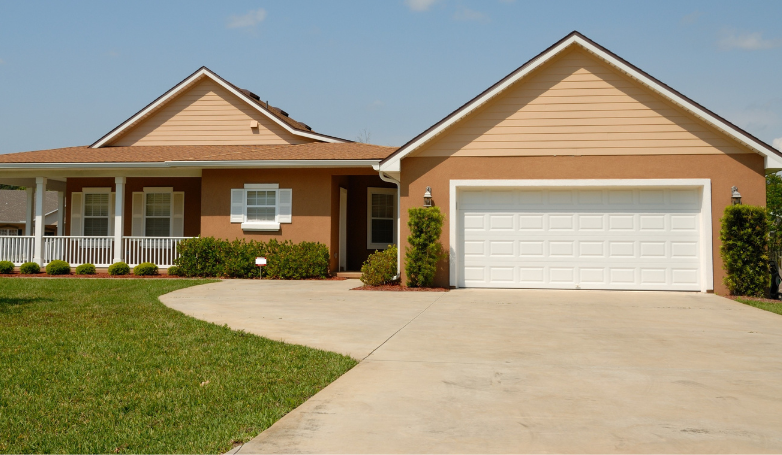Heated Driveway – The Best Solution For Your Homes In 2023
Radiant heat is clean and economically impactful, making it possible for heated driveways to stand out as a great heating and snow-melting solution during winter. They greatly benefit many household owners and reduce the time and effort needed to clear snow from one’s property.
Heated driveways have many interesting benefits. It prevents you, your family, or guests from accidents and minimizes slippery hazards. The convenience of a heated driveway has made it even more common despite its cost. It’s safe to say that a heated driveway doesn’t just keep snow and ice away; it also keeps the personal injury lawyers away from your business. A heated driveway system will help you avert any lawsuits.
There are many strategies to keep your driveway warm during the winter, but installing a heated driveway that constantly keeps ice or snow away from your driveway surface is the best. This article explains the pros and cons of a heated driveway, the installation process, and how it works during winter to keep your driveway free from ice or snow.

What Is a Heated Driveway?
Concrete, asphalt, stone slabs, and driveways made from other paving materials have served excellently. However, when winter weather sets in, you will spend hours trying to reduce the layers of ice or snow off your property before you can drive out. Heated driveways are made with a paving material that allows radiant heat installation. This radiant heat warms asphalt, concrete, and other pavers to keep driveway areas clear of ice and snow.
The two types of heating systems for driveways are electric and hydronic heating systems. Both technologies are efficient and use a network of heating elements to warm up driveway surfaces and keep snow and ice away.
How do Heated Driveways Work?
As earlier stated, there are two types of heated driveway systems. The hydronic driveway system uses a tube that runs underneath the driveway. A boiler heats the water and then runs it through these tubes. This radiant heating system allows the warm water flowing through the tubing system to mix with antifreeze. With a water-heated driveway system, ice and snow can only accumulate on your driveway surface for a short time.
The second type of heated driveway system uses electricity. Electric cables are wired into a grid and installed beneath the driveway. The electric system allows an even distribution of heat throughout your driveway. The electrically heated driveway can be operated with an automated sensor or manually. The heating cable is placed down and fastened to prevent movement of the cables. Some electrical cables come in mats; this makes the installation process much easier. Electric driveway heating mats can be rolled out beneath the driveway. When installing electrical mats, it’s important that they are well-spaced and not allowed to touch.
Driveway Heating System
The driveway heating system automatically activates when the weather gets extremely cold. Driveway heating systems are a worthy advancement, and depending on the size of your driveway, it can cost much. The electrical and hydronic systems quickly and evenly distribute heat that melts the ice and snow.
For the electric heater driveway, power is sent to the woven grid of cables, and immediately the electric system is turned on and starts to warm up your driveway surface. Simply put, once the sensor detects any moisture and a lower temperature below the set temperature, it will send a signal to the electric system controller, which will start its job.
The heated hydronic system has been in use for many years. However, the advancement of technology has made the process simpler and more interesting. The hydronic system can be installed in asphalt, concrete, or any other paving material and will work efficiently. The method isn’t just affordable but retains heat for a long period. Hydronic snow melting systems are, in fact, durable and can optimize energy usage. They are automated and have a sensor that detects temperature changes. This heated driveway system is a great eco-friendly option for your homes and businesses. Hydronic snow-melting driveways are more affordable than the electric radiant heated driveway.

Heated Driveway Pros and Cons
Unsurprisingly, the heated driveway has found its grounds amongst many homes and businesses. Humans are trying, every day, to make life easier with technology. A heated driveway is one of the many ways technology has impacted our economy. Let’s examine some of the benefits and pitfalls of the two major driveway heating systems.
Pros of Heated Driveway
Safety
A heated driveway can save you from many driveway accidents. You will want to keep your loved ones and guests safe and protect yourself against lawsuits. A heated driveway system will melt away every ice and snow and keep your driveway safe. Your guest can drive in without worrying about any hazards. An accumulated driveway can incur extra financial costs or fines from legal authorities.
Saves Time and Energy
If you have shoveled snow before, you will agree that it takes time and energy. You might spend the entire time you need to be out digging and clearing your driveway. A heated system makes it different. Your driveway won’t pile any ice or stone as long as the system is functioning.
The work becomes almost impossible when you have larger homes, driveways, or companies. You will need to hire some extra hands or even professionals to make way for you, eventually costing you some extra dollars. A heated snow-melting system will take away the stress from you.
It Saves Cost
Installing a heated driveway will save you cost. It protects you from any other financial crisis your driveway might cause, which includes the cost of maintaining and clearing your driveway during winter and paying compensation or a funding lawsuit.
No matter how durable your driveway paving material is, Frequent snow removal will eventually damage your driveway surface and cost you extra fees to resurface or even replace the entire driveway. A heated driveway will save you from much financial trouble. Consider
Requires Little to No Maintenance
When a heating system is installed correctly, you won’t have to worry much about routine maintenance. You save time, energy, and cost of maintenance on other things. If you have the hydronic system installed, check the boiling unit annually.
Durability
Installing a heated driveway provided a safer surface to walk and even drive on. Also, the driveway surface lasts longer because it’s not exposed to frequent shoveling and sub-zero temperatures. Because some driveway paving materials are not porous and constantly form puddles, ice and snow will gradually destroy the surface when they melt and sip in. Ice or snow can lead to surface damage even when the driveway is permeable. The driveway will crack and later form potholes that need to be repaired.

Cons Of Heated Driveway
Heated driveways have several drawbacks you should consider before you throw your heart at them.
It Can’t Be Installed on an Old Driveway
If you have decided to install a heated driveway, you can’t just purchase the heated driveway mats from any store and install them on your driveway. You must tear out your old driveway completely and install a new heated one. This might be time-consuming and even costly, especially if your old driveway is pretty much in good shape.
If replacing your old driveway isn’t possible, then you won’t be able to install a heated driveway system.
Electric Heated Driveways are Expensive
When you consume a lot of electricity, your utility bills will increase. If you live in a location with high utility bills, an electric heated driveway will cost more.
You Need Professionals
Don’t even think of installing a heated driveway all by yourself. You need the help of professionals to achieve the best result. And it’s not a one-person job. If the existing driveway has to be removed, expect to spend more money than usual.
Repair Can be Tough
Repairing a heated driveway system can be tough. If the heating system develops any fault, a part of the driveway has to be torn to access the system. This risk is enough reason to hire the best contractor to do the job for you. You don’t want to risk making mistakes while installing your heated driveway.
How to Install a Heated Driveway
1. Clear the Driveway Area
Remove any existing concrete. Prepare your driveway and make sure every obstacle is out of the way. Rocks, nails, and other objects should be out of your way. Ensure that the ground is compacted for the concrete pour.
2. Lay the Cables
The cable or heating mat should be laid over the area. Ensure that the cables or mats are well-spaced and are not in contact with each other. Refer to your installation manual if you need to be clear about other things. With plastic tie wrap, fasten the heating cables to the mesh reinforcement.
3. Pour your Concrete
While pouring your concrete or asphalt, check your free cables and fasten them regularly. Cover the heating cable with about two inches of concrete.
Run any other testing required on the manual and start up your heating system.
Hiring a contractor to install your radiant heat system for any driveway is important. Don’t risk damaging the radiant system by doing it yourself. Also, your contractor will carry out the other preparation before installing your driveway. Before installing the cables or mats, expect him to dig and do some measurements.

Heated Driveway Cost
The cost of purchasing and installing a heated driveway might be affected by several factors. However, the natural average cost of a heated driveway is $3900. The cost might go higher than this and rarely exceed $3900. Removing an existing driveway, the driveway’s size, and the driveway’s shape can affect pricing. Still, you should expect to pay an average of $12-21 per square foot.
When budgeting for a heated driveway system, you should have the average cost in mind and budget extra money for other costs incurred during or after the installation. The cost for both types of the driveway is different, and hydronic systems usually cost more and require installing a boiling unit.
How Long Do Heated Driveways Last?
A heated driveway system will stand the test of time when installed correctly by professional contractors. It will last an average of twenty years or more, depending on the quality of the driveway material and how you use it. Your heated driveway shouldn’t be exposed to so much traffic and heavy weight all the time. For hydronic boiling units, you can always replace them when they develop any fault. And when your electric heated system develops an issue, you can call a professional contractor to examine and plan the repair process. Usually, a part of your driveway has to be torn to do the repairs. This will incur some extra cost, but your driveway will run in no time.
Are Heated Driveways Worth it?
Absolutely! Heated driveways are worth your investment. They will save you energy, time, and money. They will also protect your vehicles and enhance their durability. A heated driveway might be a little pricey, but when you purchase one for your home or business, you’ll be glad you did. A driveway is beyond more than a driving and parking space; it’s an enormous area that has the eyes of many guests. No investment will be too much to see that you get the best and most efficient space. It’s time to save costs by making the best investment.
Can You Heat an Existing Driveway?
Even if heating an existing driveway is possible, we don’t recommend trying it. This process may tool with the radiant heating system and eventually destroy the entire driveway. It will be wise to install a new heating system instead of one on your existing driveway.
Conclusion
Heated driveways are a great option to keep your driveway warm and free from snow or ice throughout the winter. We recommend buying or renting all the necessary equipment from Home Depot. Remember, when installing your heated driveway, all cables should be spaced. The space oh by is determined based on the desired output.


Leave a Reply
Want to join the discussion?Feel free to contribute!